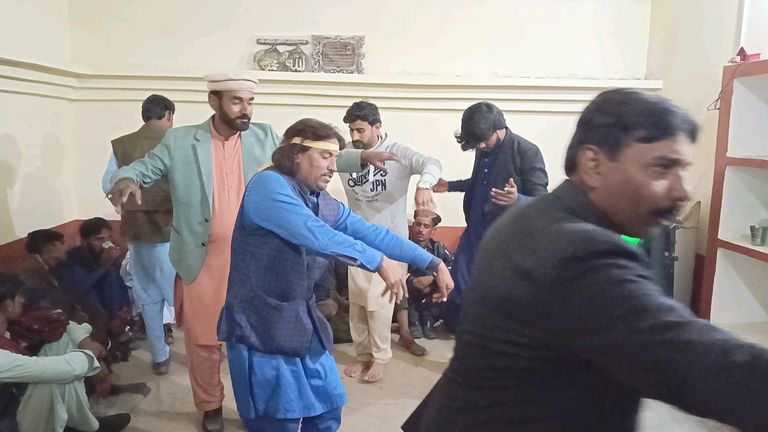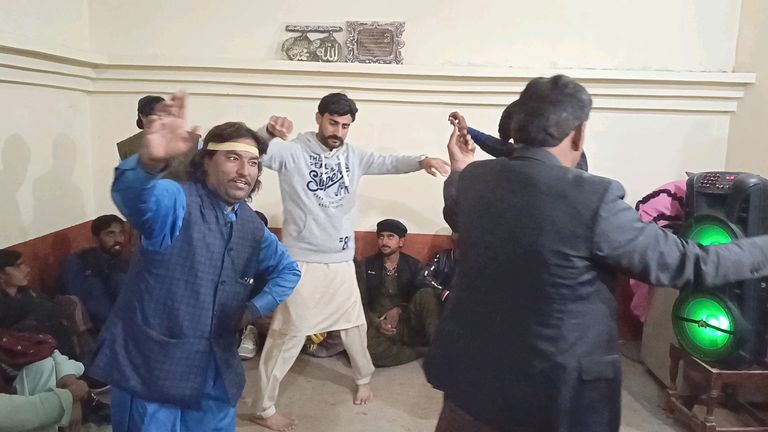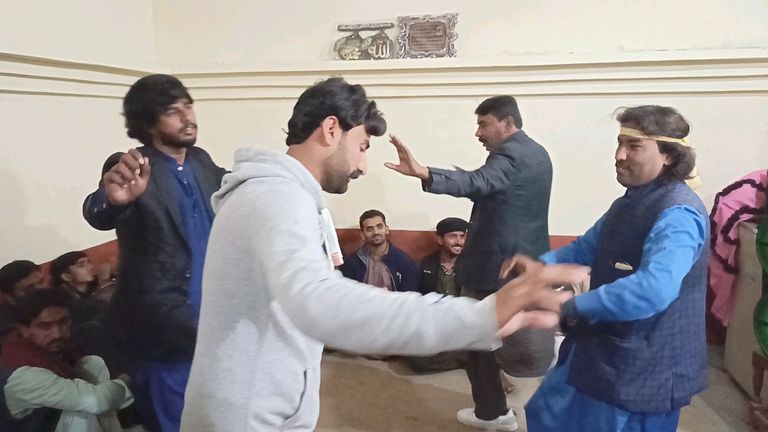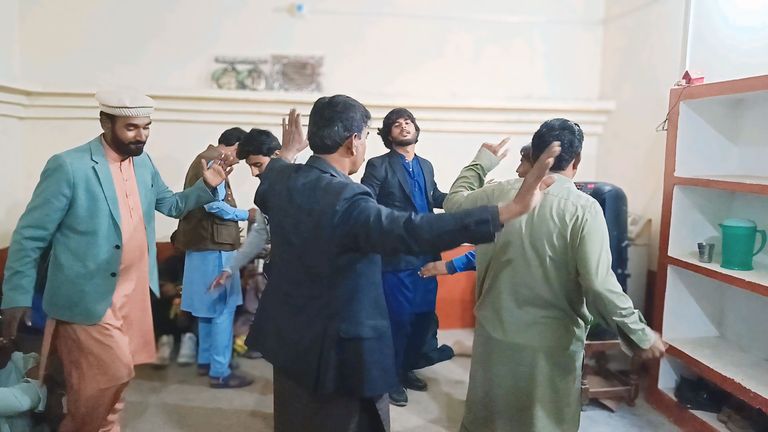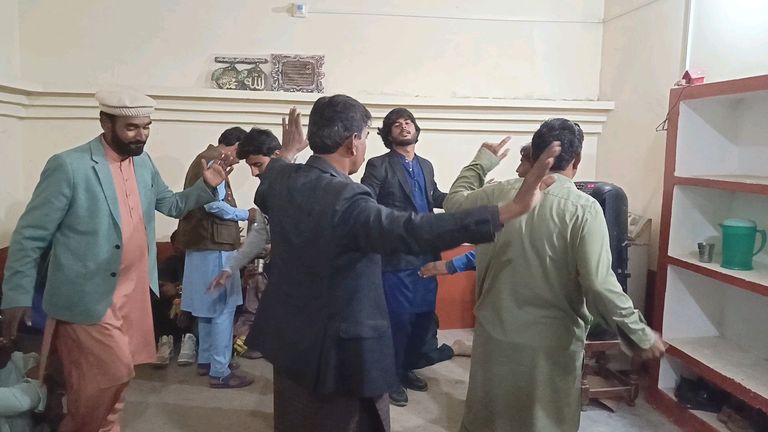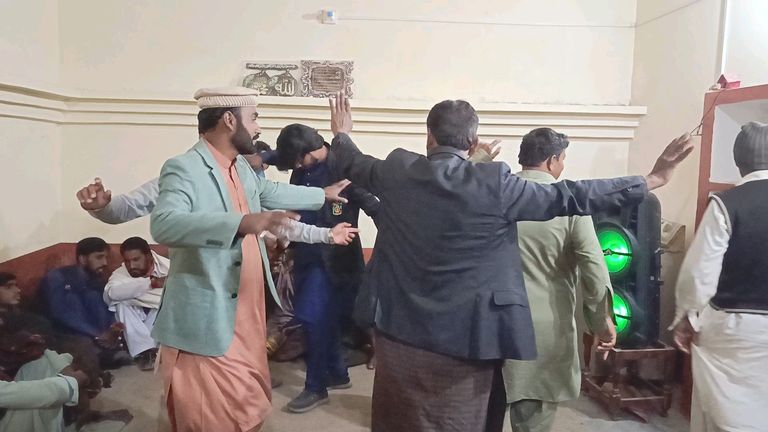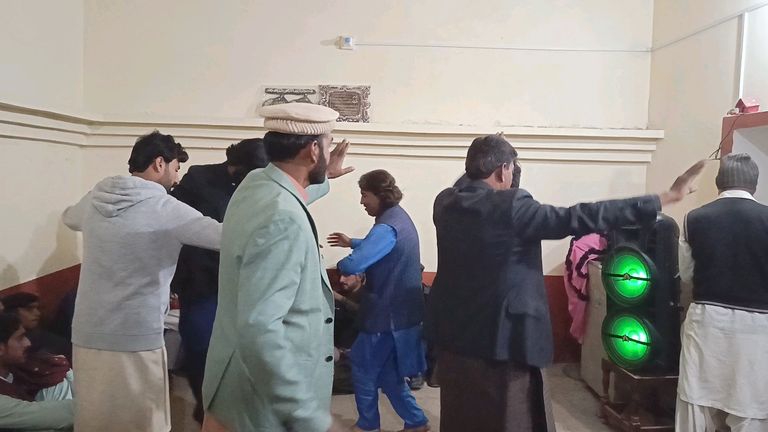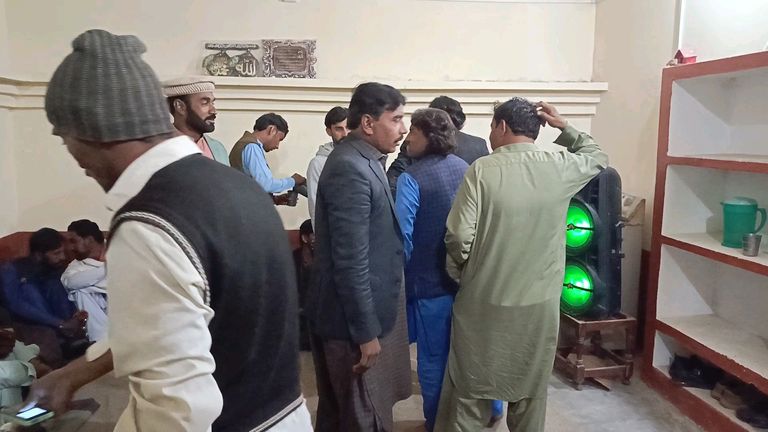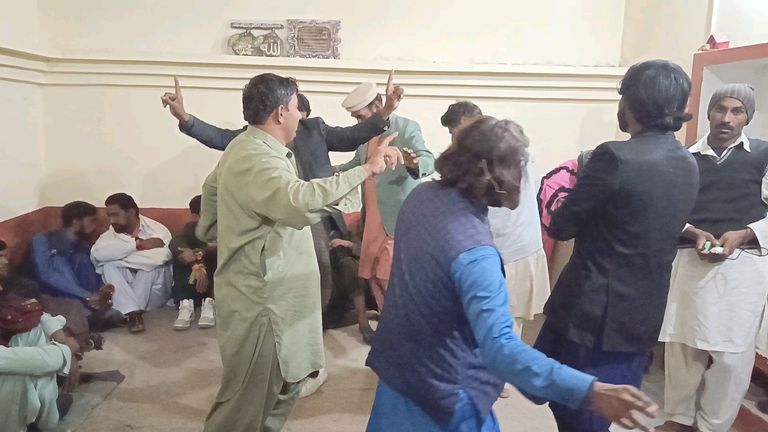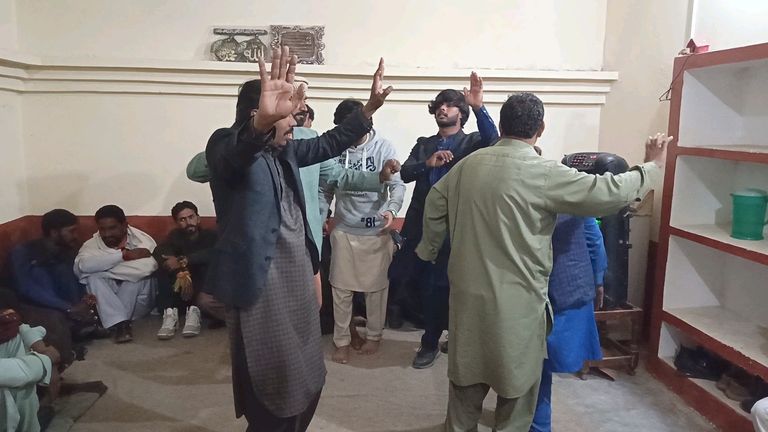Shadi Program
A "Shadi Program" is one of the most cherished and vibrant events in our culture, filled with traditions, rituals, and celebrations that bring families and friends together. It is a joyous occasion that symbolizes love, unity, and the beginning of a new chapter in a couple’s life.
Pre-Wedding Festivities
The journey to the wedding day begins with pre-wedding rituals. Events such as dholki, mayoun, and mehndi create an atmosphere of excitement and celebration. The rhythmic beats of dhol, traditional songs, and the vibrant colors of mehndi designs on hands and feet set the tone for the upcoming big day.
The Wedding Day
The shadi day itself is a grand affair. The venue is often adorned with lights, flowers, and intricate decorations. Guests arrive dressed in their finest traditional attire, adding to the festive atmosphere. The bride, dressed in stunning bridal wear with intricate jewelry, looks like a vision of grace. The groom arrives with a grand baraat, accompanied by music and celebrations.
The highlight of the day is the nikah ceremony, where the couple officially ties the knot in the presence of family, friends, and religious leaders. The exchange of vows and signatures on the marriage contract marks the start of their new journey together.
Post-Wedding Celebrations
After the nikah, the rukhsati takes place, an emotional moment when the bride bids farewell to her family to join her husband’s home. This is followed by the walima reception, hosted by the groom’s family, which serves as a joyful gathering to celebrate the union of the couple.
Cultural Significance
A shadi program is not just about two individuals coming together but also about uniting families and strengthening bonds. It showcases the richness of traditions, the importance of relationships, and the joy of celebrating love.
In every region, the customs and rituals may vary, but the essence of a shadi program remains the same—a celebration of love, laughter, and togetherness.
